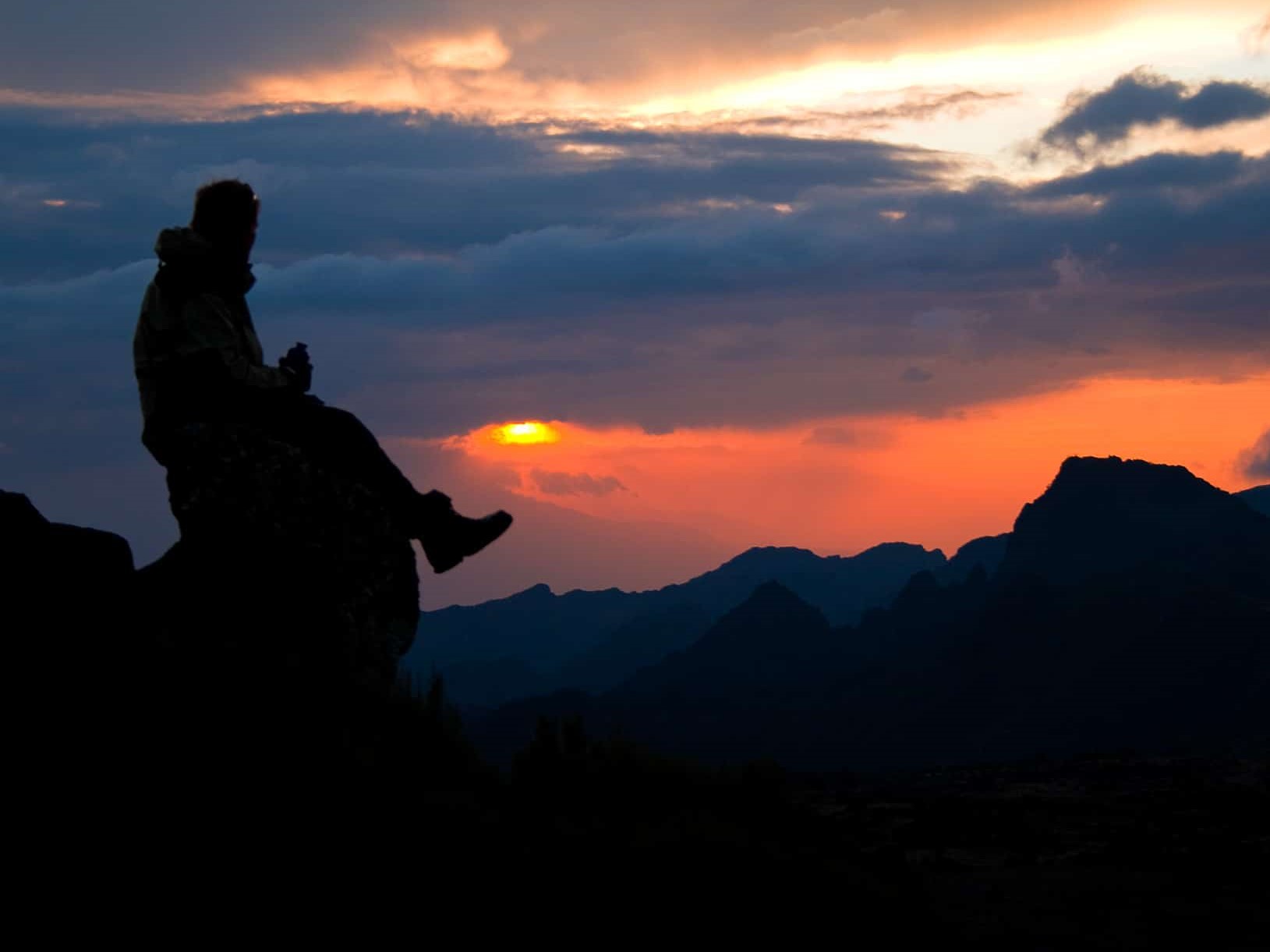First and foremost, light is essential, if not only for emergency use. We recommend each person in your troop bringing a headlamp and a backup flashlight. You may be able to get through with by light of the moon, but in the dense forest or on cloudy nights these will help you progress forward.
Additionally, make sure everything is charged up before you leave for your trip. Double check that batteries are in working order, and bring some extras or a charge port and cord for rechargeable lamps. We always bring an extra port or two incase we get lost, it’s worth the added weight.
Pack them in your backpack in an area that you can reach easily. And, on a quick note, be sure to use your hand to cover your headlight when facing your friends or oncoming hikers. There’s nothing worse that getting blinded while attempting a journey through pitch black darkness.

